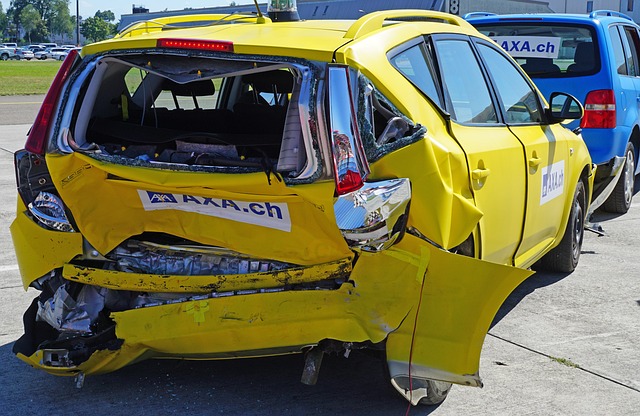In a bike accident with broken bones, establishing fault through medical records, witness statements, and property damage is key for legal claims. Victims face significant financial implications including medical bills, lost wages, and long-term care needs, especially in elder abuse or caregiver negligence cases. Proper documentation is crucial for building a compelling case. Understanding legal options, including negotiation and litigation, is important; successful litigation can result in substantial awards for complex cases with significant injuries and long-term care requirements.
In the event of a bike accident broken bones can result, leaving victims to navigate complex legal processes. Understanding common legal defenses is crucial for those seeking justice. This article demystifies the legal landscape by examining key aspects: establishing fault in bicycle accidents, assessing damages for broken bones, and exploring negotiation or litigation paths. By understanding these components, riders and their families can make informed decisions after a bike accident broken bones incident.
- Establishing Fault in Bike Accidents
- Evaluating Damages for Broken Bones
- Exploring Negotiation and Litigation Options
Establishing Fault in Bike Accidents

In bike accidents involving broken bones, establishing fault is a critical step in any legal claim. The burden of proof lies with the plaintiff to demonstrate that the defendant’s negligence directly caused the injury. This often involves presenting evidence such as medical records, witness testimonies, and photographs of the accident scene. Establishing fault requires a thorough understanding of the circumstances surrounding the incident, including speed, road conditions, and compliance with traffic laws. In many cases, property damage claims resulting from bike accidents can be strong indicators of liability, especially if the defendant’s negligence led to the initial collision.
Comparing insurance policies and negotiating accident settlements is a common step after establishing fault. The severity of broken bones in bike accidents may lead to significant medical bills and long-term recovery costs, which can be compensated through accident settlements. It’s important for victims to understand their legal rights and options, especially when dealing with complex cases that could include nursing home abuse or other forms of negligence outside the immediate accident scene. Effective legal representation can ensure that victims receive fair compensation for their injuries and medical expenses related to bike accidents involving broken bones.
Evaluating Damages for Broken Bones

In a bike accident broken bones case, evaluating damages is a crucial step for both victims and legal professionals. The severity of broken bones can lead to significant medical expenses, ranging from emergency care to extended rehabilitation. This includes hospital stays, surgeries, physical therapy, and even long-term care needs, which can be substantial. Legal experts consider these costs alongside potential lost wages due to time off work during recovery.
Furthermore, when dealing with elder abuse or caregiver negligence, additional factors may come into play. For instance, if a broken bone results from neglectful care or unsafe living conditions, victims may seek compensation for pain and suffering, as well as any long-term disabilities or reduced quality of life. It’s important to document all expenses and potential losses to build a robust case, especially in cases involving caregiver abuse, where the victim may be reluctant to come forward.
Exploring Negotiation and Litigation Options

When dealing with a bike accident broken bones claim, understanding your legal options is paramount. Many victims initially explore negotiation as a way to resolve their case outside of court. This can be an efficient and cost-effective approach, often leading to quicker compensation for medical expenses, pain, and suffering. However, not all claims settle amicably. In such cases, litigation becomes the next viable option.
Litigation involves formal legal proceedings where both parties present their arguments before a judge or jury. This route is especially necessary when dealing with complex bike accident broken bones claims that might include factors like fault determination, significant injuries, or disputes over compensation amounts. While it can be a lengthy process, successful litigation can result in substantial awards to cover long-term medical care, lost wages, and other associated damages – similar to how real estate disputes or even medical malpractice cases might resolve through the legal system.
In the event of a bike accident resulting in broken bones, understanding common legal defenses and options is crucial. By establishing fault clearly and evaluating damages accurately, riders can navigate the complexities of personal injury claims effectively. Whether through negotiation or litigation, exploring these strategies empowers individuals to secure just compensation for their injuries, fostering safer cycling environments in the process. Remember that knowing your rights and options is a significant step towards healing and accountability in cases of bike accident broken bones.






